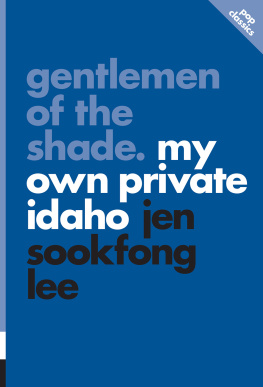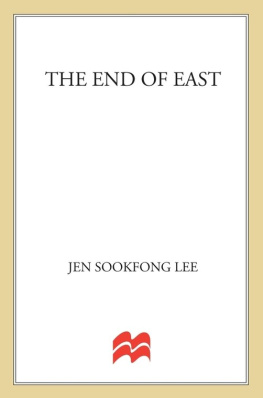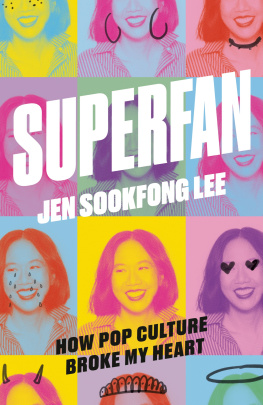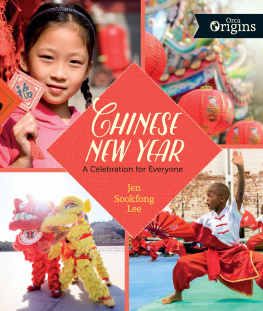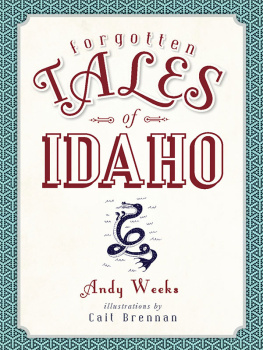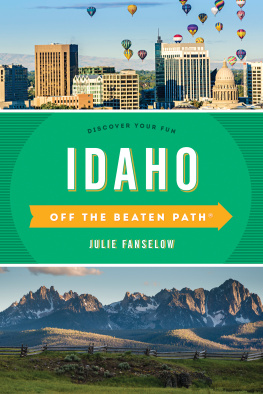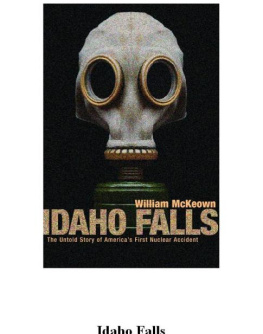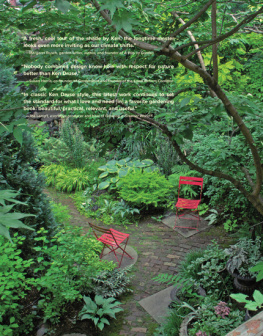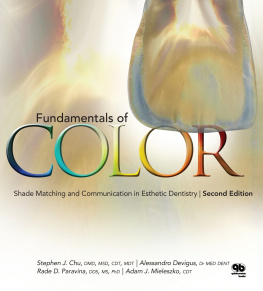#1 It Doesnt Suck.
Showgirls
#2 Raise Some Shell.
Teenage Mutant Ninja Turtles
#3 Wrapped in Plastic.
Twin Peaks
#4 Elvis Is King.
Costellos My Aim Is True
#5 National Treasure.
Nicolas Cage
#6 In My Humble Opinion.
My So-Called Life
#7 Gentlemen of the Shade.
My Own Private Idaho
In the fall of 1991, when My Own Private Idaho was released, I was 15 years old. I had just bought my first pair of Doc Martens (three holes with steel toes) and a batik dress printed with crescent moons. My best friend, Sandra, and I spent every Friday afternoon at the local record store, flipping through the cassettes in the alternative and independent sections, looking for bands we recognized from the university radio station. At school, we sat on the floor, backs against our lockers, whispering about the other students, how they just didnt get it and were so square it was tragic. If someone had asked us what exactly the other kids didnt get, we probably wouldnt have been able to articulate it. All we knew was that we werent like them. They wore Guess jeans and hoop earrings and listened to Bell Biv Devoe. They were groomed and smoothly beautiful and smelled like vanilla.
We wanted to be different. And our effort was palpable.
Sandra and I had first heard about My Own Private Idaho in Interview, in which Gini Sikes and Paige Powell had published an interview, accompanied by a series of appropriately brooding photographs by Bruce Weber of the films two leads, River Phoenix and Keanu Reeves. Sandra was in love with River, who played the fragile drifter Mike, and who would die two years after the films release. I was in love with Keanu, who played the handsome, Shakespeare-quoting Scott, and who would go on to blockbuster success in Speed and The Matrix. We had seen almost all of their previous movies: Parenthood, Running on Empty, Bill and Teds Excellent Adventure, Stand by Me. Both actors were baby-faced, beautiful, soft-spoken in public, and still awkward in their adult bodies. We had never met boys like them anywhere not at school, not at our summer jobs, not walking through the mall. The photographs in Interview were beautiful and relentlessly urban, with both actors seemingly unstyled and unposed, smoking cigarettes in dimly lit rooms in clothes that made it look as if they had fallen asleep in a trashed hotel room and stumbled directly to the photo shoot. But it was what they said that drew us to this weird little movie they had just made together.
I was introduced to so many elements through the guy I was playing. Real people. My imagination. Guss interpretation. Shakespeare. It was rich! And it was just bottomless, man.
Gus just has those qualities that we all need to get back. Open eyes, open ears, a kids stream of consciousness.
I have really strong feelings about the search for home and mother.
Clearly, River Phoenix and Keanu Reeves cared deeply about this film, loved making it, loved the end result. It was important to them. Yes, we had to see My Own Private Idaho, no matter what.
The week the movie came to Vancouver, we skipped school, took a bus downtown, and settled into a half-empty theater with a group of what appeared to be women in their 70s on a post-lunch outing. We knew almost nothing about the film. The reviews we had read talked about hustlers (a term we could only hazily define), Henry IV, sexual identity, and homelessness, but these words meant very little to either of us. We were, after all, only 15, and our worlds were bordered by school, network television, magazines, and radio. As much as we wanted to look different and do different things from the other adolescents around us, we were still very much immersed in popular culture. It was hard to ignore Beverly Hills, 90210 and Color Me Badd. We watched MuchMusic, Canadas version of MTV, every single day. We cared about the torrid love affair between Julia Roberts and Jason Patric. And so, when we sat in the darkened theater waiting for My Own Private Idaho to start, how subversive or different the film might be was only an amorphous thought, as unshaped as our own fumbling grasps at what we understood to be alternative culture.
The movie began. We were in Idaho. Then Seattle. Then Portland. We were watching Mike beg for money from a john. We were in a Chinese diner, and then a porn shop, listening to conversations about sex, bad dates, risk, and money. We followed Mike and Scott to Rome, where the hustlers and johns were eerily similar to their American counterparts.
By the end of the first half hour, four of the older women had left the theater, seemingly offended. But Sandra and I stayed, fascinated by how these characters each of them wrapped up in their childhoods and old decisions that no one else could ever really understand were running through life, eating up beauty and violence, sex and fraternity, drugs and fried noodles. As if this was the way it was supposed to be. As if nice houses and big cars and universities were to be mocked or, even better, totally ignored. As if everything we knew as young women who grew up in a respectable working-class neighborhood where immigrant families passed arugula and bok choy over backyard fences was just a barrier to real life, one that was defined by motorcycles and cheap whiskey and the freedom of wide open, street-centered days.
It was absurd. It was life and death. It was subversive. It shocked us but comforted us too. It was nothing that we could have ever expected. And it would start us on a decade-long adventure, one that prompted us to question the television shows and music and fashion we had been consuming and look for alternatives that were imperfect, that might fail in execution but whose effort we could admire. In 1991, we began to want culture produced by individuals we could identify, individuals who looked like people we might know. We began to ignore the all-boy singing groups that dominated Top 40 radio with their impossibly beautiful skin and jawlines and voices. We began to scour the free alternative newspaper for concerts and art shows and sex advice. I know this is a clich, but My Own Private Idaho was exactly the right movie at the right time. It was the beginning of grunge and the beginning of something much more personal. Sandra and I had just started to construct our own identities, collecting bits and pieces from the world around us and trying them on. My Own Private Idaho was one of the first of these bits. And it fit. Just right.
Writer and director Gus Van Sant couldnt have known that his third feature was going to be so pivotal to 1990s culture and the decades afterward, but as the characters stumbled from Idaho to Portland to Rome and back again, their story felt like the very first subversion we understood. They made choices that werent about finding the right university so they could get the right job and buy the right house in the right neighborhood. They made choices that were soaked with risk but also possibility and believed that being different was better than being good. They lived on the margins of the visible world: they slept on rooftops while others hurried to work, skulked in shadows until a john stopped to pick them up. They veered from experience to experience and cobbled together makeshift identities. This story came to us, to movie theaters that played matinees for teenaged girls who had skipped school. Instead of exploring the margins by leaving the mainstream behind, Gus Van Sant delivered the margins right into our mainstream lives.

